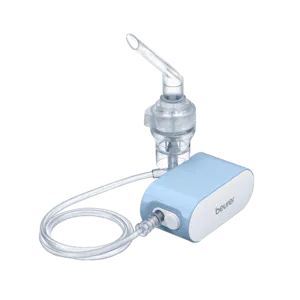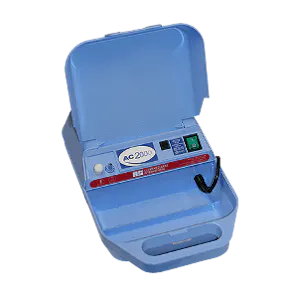In medicine, a nebuliser (or nebulizer as it's sometimes spelt) is a delivery device used to administer medication in the form of a mist that's inhaled into the lungs. Nebulisers are often used for the treatment of respiratory diseases or disorders and they can be the best way to deliver a dose of medicine to someone who is struggling to breathe in an emergency situation. They can also be used by people who struggle with another device, such as an inhaler. Nebulisers aren’t used to treat mild or moderate symptoms as research has shown that in most cases a spacer can be just as effective.
If you’re unsure at all you should contact your health professional before buying as it is they who will prescribe the medication.
Read more: What is a nebuliser?


